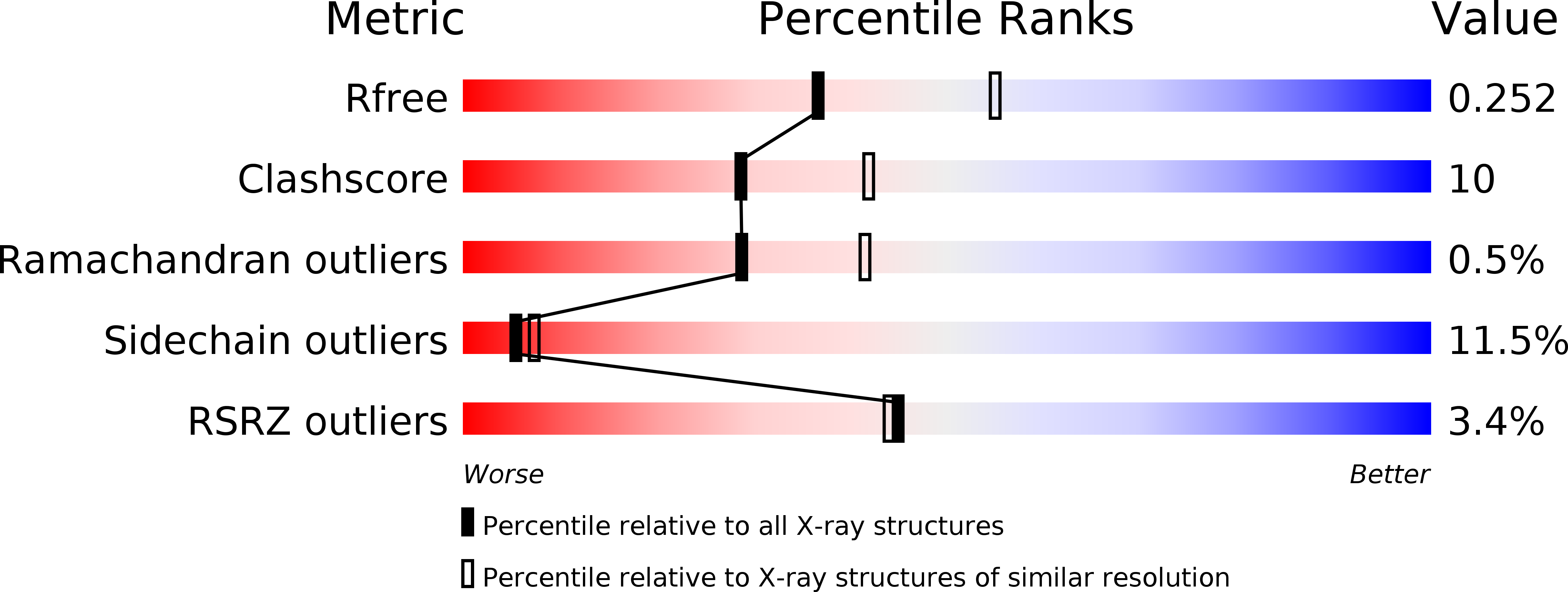
Deposition Date
2012-07-23
Release Date
2012-10-17
Last Version Date
2024-11-20
Entry Detail
PDB ID:
4G8A
Keywords:
Title:
Crystal structure of human TLR4 polymorphic variant D299G and T399I in complex with MD-2 and LPS
Biological Source:
Source Organism:
Homo sapiens (Taxon ID: 9606)
Host Organism:
Method Details:
Experimental Method:
Resolution:
2.40 Å
R-Value Free:
0.24
R-Value Work:
0.19
R-Value Observed:
0.20
Space Group:
C 1 2 1


